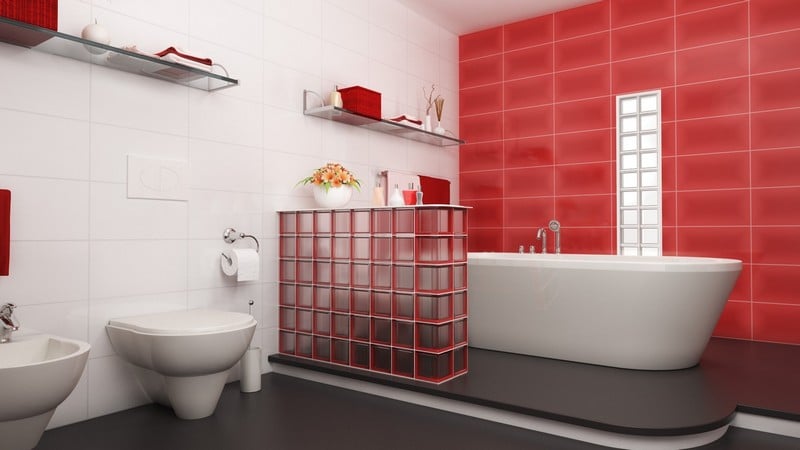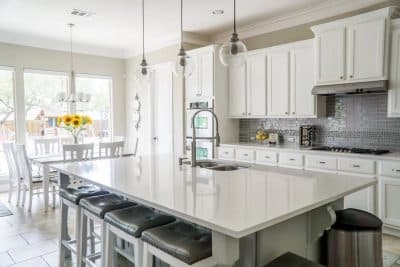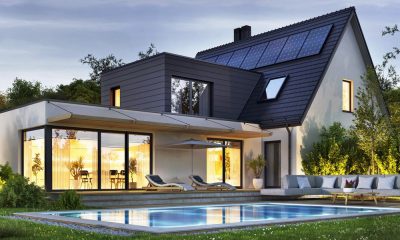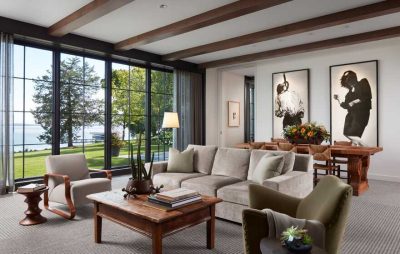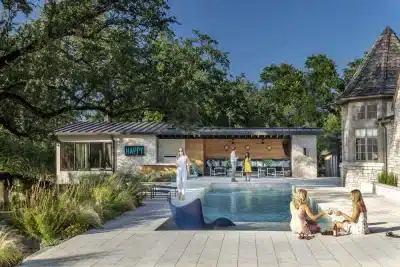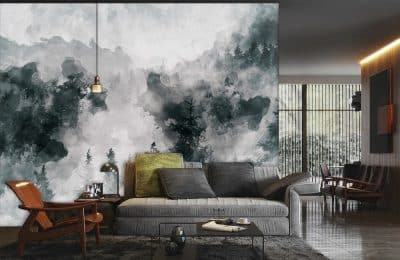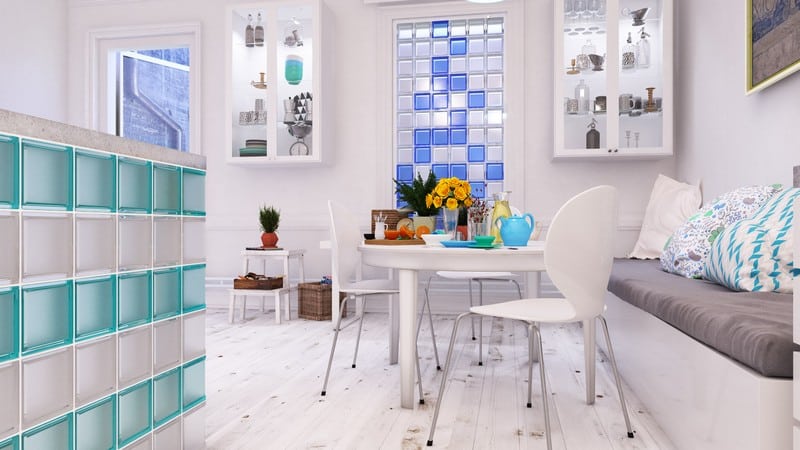
Living in a small apartment doesn’t mean you have to sacrifice style, comfort, or the feeling of spaciousness. With thoughtful design choices, you can make even the tiniest of spaces feel open and airy. One of the most underrated materials for maximizing light and creating a sense of space is glass block.
Although many people associate glass block with retro design or commercial spaces, it has made a strong comeback in modern interior design—especially in small-space living. It’s functional, visually striking, and, most importantly, a smart solution for making your apartment feel bigger without knocking down walls. Therefore, if you want more light and a clearer flow, glass block deserves a place on your shortlist.
Below, you’ll find practical ways to use glass block to expand the look and feel of your small apartment, along with tips to ensure a polished result.
Why Glass Block Works in Small Spaces
Before diving into project ideas, it’s helpful to understand why glass block performs so well in compact homes. In short, it channels light, shapes privacy, and adds texture while keeping visual noise low. As a result, rooms feel brighter, more connected, and less cluttered.
- Transmits natural light while maintaining privacy — light travels through, yet views remain softened.
- Visually opens up rooms by replacing solid barriers that cut off sightlines.
- Adds texture and architectural interest without overwhelming the layout.
- Helps define spaces without fully closing them off.
- Reflects and diffuses light, which makes interiors appear brighter and more spacious.
In small apartments where every square foot counts, glass block helps strike the right balance between separation and openness. Consequently, circulation improves, and daylight reaches deeper into the plan.
Create a Light-Filled Partition Wall
If you need to divide a room—say, a studio where the bedroom blends into the living area—a solid wall can box the space in. Instead, install a glass block partition. It provides separation while still allowing light to pass through both zones. In addition, the repeating module creates rhythm and a subtle focal point.
For privacy, choose frosted or textured glass blocks. However, if your priority is maximizing light, clear blocks will transmit the most brightness and keep both areas visually connected.
Replace Interior Windows or Doors with Glass Block
In older apartments, dark hallways or windowless bathrooms often feel cramped. Fortunately, you can introduce borrowed light without a full structural renovation by replacing interior elements with glass block panels.
- Install a glass block transom above the bathroom door to pull daylight from an adjacent room.
- Replace a solid pantry or laundry room door with a door that includes a glass block insert.
These small upgrades significantly change how light moves through your home. As a result, spaces feel brighter, sightlines extend, and the entire apartment reads as more cohesive.
Use Glass Block for Shower Enclosures
In a compact bathroom, a shower curtain or bulky framed enclosure can make the room feel even tighter. A glass block shower wall adds visual interest while allowing light to pass through, which instantly opens up the space. Meanwhile, the semi-transparency offers just enough privacy for comfort.
Because the surface reflects and diffuses light, the bathroom takes on a soft glow. Consequently, even windowless bathrooms appear larger, cleaner, and more inviting.
Add Glass Block to Kitchen Backsplashes or Bars
If your kitchen is narrow or lacks natural light, glass block can be both beautiful and functional. A glass block backsplash reflects ambient light and adds depth, while a kitchen island base built from glass block creates the illusion of openness under the countertop. In both cases, the material elevates a simple layout.
For extra impact, add LED lighting behind the blocks. In effect, the glow enhances the feeling of space, introduces evening ambiance, and highlights the block’s texture without visual clutter.
Build a Glass Block Accent Wall or Niche
Accent walls are popular, yet heavy materials and dark paint can overwhelm small rooms. By contrast, a glass block accent wall or a built-in niche introduces depth and lightness at the same time. Therefore, you gain a decorative feature that breaks up plain drywall without stealing square footage.
You can commit to a full wall for dramatic effect. Alternatively, integrate a few horizontal rows into an existing partition for a subtle, artistic detail that still boosts brightness.
Tips for Success with Glass Block in Small Spaces
- Choose light-colored or frosted blocks to produce a softer, glare-free diffusion of light.
- Consider curved or corner configurations to improve flow and remove sharp visual breaks.
- Use pre-assembled glass block panels for cleaner installation; this approach can be more rental-friendly.
- Pair glass block with minimalist furniture and neutral palettes to keep the overall look calm and uncluttered.
Final Thoughts
Glass block delivers more than a stylistic gesture: it increases brightness, clarifies circulation, and supports privacy where you need it. When you use it strategically—in partitions, showers, backsplashes, or accent walls—it helps compact interiors feel larger and more coherent without major demolition.
So, if your apartment feels a little too cozy, consider incorporating glass block into your design. It’s a straightforward, timeless way to open up your space—and to make everyday living feel lighter and more comfortable.
